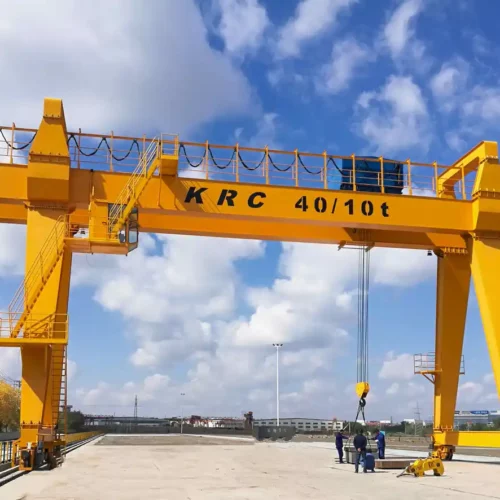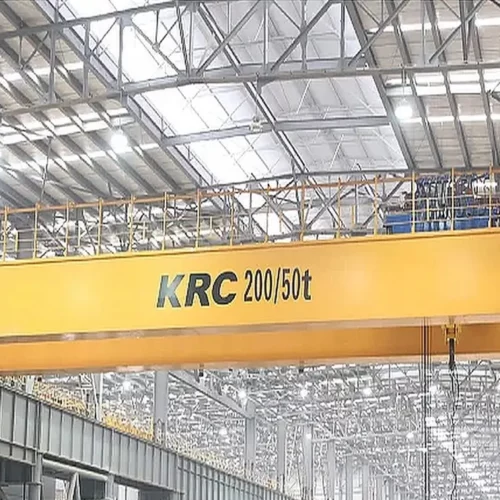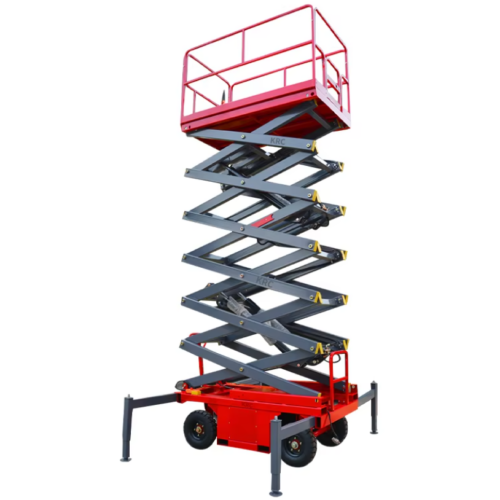Mobile cranes are versatile lifting devices equipped with a telescopic boom or a wire rope hoist, mounted on mobile platforms. These cranes are essential for projects that require frequent repositioning of the crane and are ideal for sites with limited access or where speed of setup is critical.
Types and Capacities:
Standard Mobile Cranes: Ranging from small, nimble models for tight spaces to larger cranes capable of lifting heavy loads. Capacities range from 5 tons to over 100 tons, catering to a broad spectrum of industrial and commercial needs.
Truck-Mounted Cranes: These combine the mobility of a truck with the lifting capability of a crane, ideal for quick transport between sites and rapid deployment.
Gantry Mobile Cranes: Feature a gantry system mounted on a mobile platform, suitable for tasks that require a stable lift over a workspace, such as in shipyards or industrial settings.
Luffing Jib Cranes: Offer adjustable jibs that can be raised or lowered, allowing for greater control over the height and angle of the load, perfect for urban environments with overhead obstacles.
Specialized Models:
Hydraulic Mobile Cranes: Utilize hydraulic systems for lifting, which provides smooth and controlled lifting operations.
Harbour Mobile Cranes: Specifically designed for loading and unloading cargo in port environments.
The Largest and Most Capable Cranes: Highlighting record-breaking models like the largest and the biggest mobile cranes in the world, which demonstrate the peak capabilities of mobile crane technology.
Applications: Mobile cranes are used across various sectors including construction, logistics, manufacturing, transportation, and infrastructure. They are particularly useful for projects that require lifting of materials such as steel structures, precast components, and other heavy industrial materials.
Commercial Information:
- For Sale: Availability in different regions like Malaysia and Australia, addressing local market demands and regulations.
- Manufacturers and Suppliers: Listing leading manufacturers and suppliers, such as Demag, which are renowned for their quality and innovation in mobile crane technology.
Choosing the Right Mobile Crane: When selecting a mobile crane, consider the specific needs of the project, such as lift capacity, terrain of the construction site, mobility requirements, and space constraints. Also, factor in safety features, ease of operation, and maintenance support.
Innovations and Enhancements: With advancements in technology, mobile cranes now feature enhanced control systems, improved safety mechanisms, and better fuel efficiency, which increase their operational efficiency and environmental compatibility.
This description provides a comprehensive overview that helps potential buyers understand the range of mobile cranes available, their applications, and what to consider when making a purchase.




